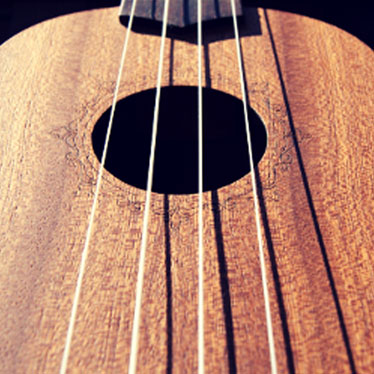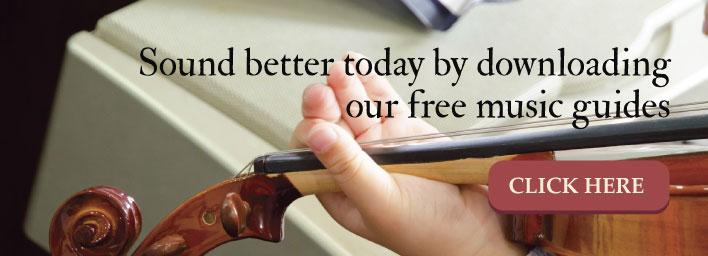How To Keep Your Stringed Instruments In Tune

A stringed instrument is a living thing. Painstakingly crafted from organic materials, the woods, strings, and glues employed during its creation interact with the atmosphere around them. And while these materials certainly work together to create memorable music, they are also responsible for the reason that stringed instruments go out of tune.
However, there are some methods that you can use to limit how often stringed instruments, like a guitar or violin need tuning. Although tuning your instrument is part of life for the musician, these tips can help reduce the need to do it so frequently. That way you can concentrate on playing rather than spending your time tuning.
Keep your Instrument in Great Condition
The way you care for your violin or other stringed instrument has a big impact on how well it retains its tune. Any severe changes in temperature or humidity will affect it, so if you are scheduled to perform an outdoor concert in June, be prepared to tune your instrument right before you’re ready to play and make sure that the playing area is shaded if possible. Playing in direct sunlight or facing a significant heat source (like the fireplace) can wreak havoc with your tuning because the back of the instrument isn’t exposed to the same temperature.
In between daily practice and playing, make sure that you keep your violin in its hard-body case. For people who live in very dry climates, you may want to consider purchasing a room and/or case humidifier. That will help stabilize the atmospheric conditions that surround your violin, reducing the number of times you’ll need to re-tune it.
In addition, stage lighting, damp weather, and other alterations to the environment can send your instrument out if tune. The different hardwoods, metals, and softwoods used to craft your stringed instrument absorb moisture in different amounts, so when the location or conditions change, you’ll have to re-tune it.
Also, since the strings play an important role here, develop the habit of wiping them off with a dust-free cloth after every playing session. The oils in your skin and rosin deposits can age strings before their time, but you can make them last by performing this easy task.
Other Factors to Control
An instrument’s ability to stay in tune is also determined by the quality of its construction. Loose pegs (a very common occurrence with violins) can be re-fitted and many structural problems may be possible to correct, but they can be costly. Some things to look for if your instrument is continually out of tune include:
- Poor neck alignment
- Improperly placed frets on the fingerboard
- Incorrect positioning of the nut or saddle
These types of problems will mean that no matter how hard you keep at it, your instrument will always be slightly out-of-tune. Contact a Luthier concerning repairs that can correct these situations or you may find that buying a new instrument will actually be a more economical solution.
Easy Fixes
In addition to consistent cleaning and maintenance, there is one sure fire way to help keep your instrument in tune: purchase and install new strings regularly. Strings are designed to stretch, but after a while, they can go “sour,” or lose their ability to maintain integrity. When that happens, no amount of tuning will help. Each time you play a chord or a note, the string will have to be re-tuned.
However, many times a string will be frequently out of tune because it was improperly attached to the tuning mechanism. Check to see if the string has slipped on the peg, or if there is some other problem with its connection before buying a replacement.
It’s a good idea to replace your strings every few months, but it really depends on your level of usage. If you play your instrument more than an hour each day, you might need to replace your strings more frequently than a beginner who practices twice a week.
And remember, the quality of the string you purchase also affects how well your instrument will stay in tune. Speak with other musicians, your instructor, and especially instrument dealers to learn their opinions. Certain brands and types work better for certain playing styles and music preferences.
Keeping your instrument in tune for longer periods of time is possible, you just need to make sure that you protect it, and replace your strings as often as needed.


